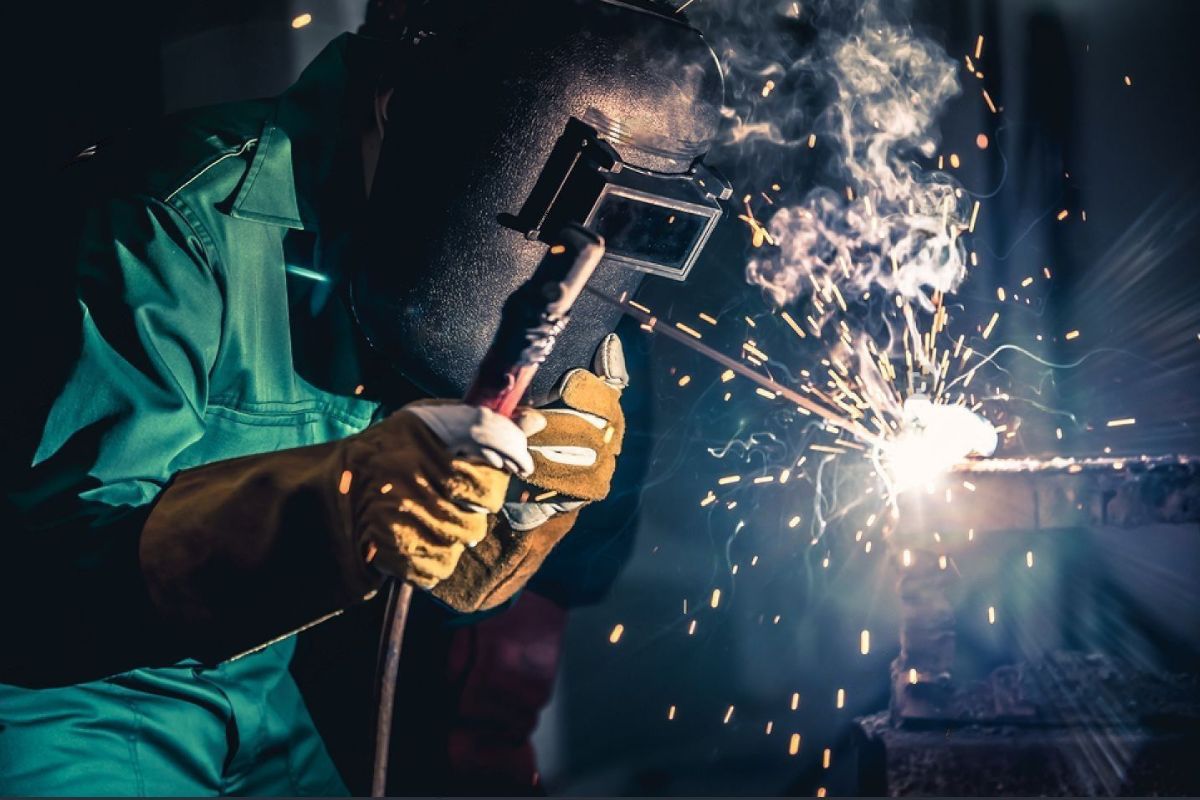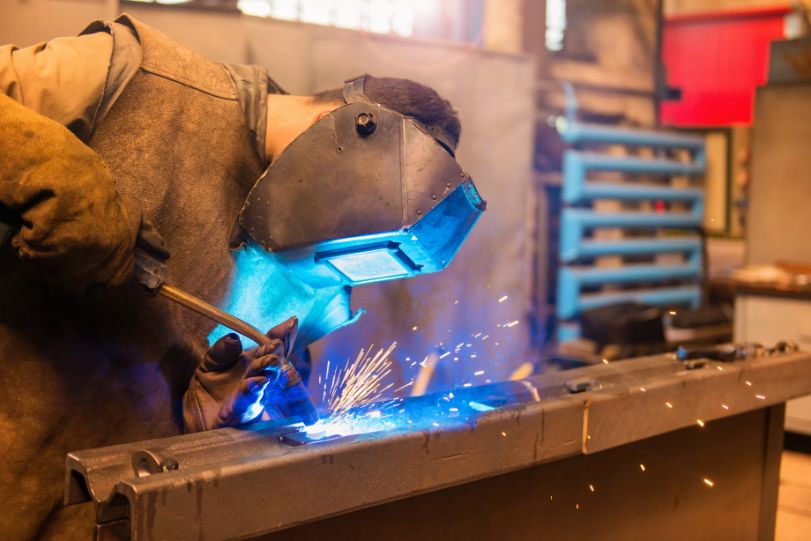Welding WPS Explained: Trick Components and Conveniences for Your Welding Processes
Welding WPS Explained: Trick Components and Conveniences for Your Welding Processes
Blog Article
The Ultimate Overview to Welding WPS Procedures: A Comprehensive Review for Welders
In the elaborate world of welding, Welding Procedure Specs (WPS) offer as the backbone of making certain top quality, uniformity, and safety and security in welding procedures (welding WPS). As we dig into the various elements of a WPS and check out the complexities of certification and certification, we will uncover the important role these treatments play in the realm of welding.
Significance of WPS Procedures
Understanding the importance of Welding Procedure Requirements (WPS) treatments is vital for making sure the high quality and stability of welded frameworks. WPS treatments work as a roadmap for welders, outlining the necessary actions, criteria, and products needed to accomplish a sound weld. By sticking to WPS guidelines, welders can guarantee consistency in their job, resulting in structurally audio and trustworthy welds.
Among the main reasons why WPS treatments are necessary is their function in maintaining weld top quality and honesty. Adhering to the defined welding specifications and techniques laid out in the WPS assists prevent issues such as porosity, splitting, or incomplete combination, which can compromise the toughness and sturdiness of the weld. Additionally, WPS treatments are essential for ensuring compliance with sector requirements and codes. By adhering to well established WPS standards, welders can demonstrate that their job meets the required requirements for security and high quality, providing assurance to customers, examiners, and regulative bodies. Essentially, the importance of WPS treatments can not be overemphasized, as they are essential to attaining consistent, top notch welds that meet sector standards and specs.

Components of a WPS
A Welding Treatment Requirements (WPS) normally makes up important components that information the certain requirements for executing a weld, making certain uniformity and quality in the welding procedure. The crucial components of a WPS consist of necessary variables such as base metals, filler steels, interpass and preheat temperatures, welding processes, securing gases, welding settings, and post-weld heat treatment demands.
Base metals describe the materials being joined, while filler steels are utilized to fill the space between the base steels during welding. Preheat and interpass temperature levels are vital for controlling the warmth input and avoiding concerns like breaking or distortion. The welding procedure outlines the particular technique to be utilized, whether it's gas metal arc welding (GMAW), protected steel arc welding (SMAW), or one more approach. Shielding gases secure the weld pool from atmospheric contamination. Welding placements define the positionings in which welding can be carried out. Post-weld warmth therapy might be essential to eliminate tensions and boost the weld's homes. A thorough understanding of these elements is crucial for producing a comprehensive and efficient WPS.

Certification and Certification
Having actually developed the essential components of a Welding Procedure Spec (WPS), the focus now moves in the direction of the critical aspects of qualification and accreditation in welding methods.

Qualification, on the other hand, is the official acknowledgment of a welder's certifications by a pertinent accreditation body or company. Welding certifications are commonly based on the certain welding processes, materials, and placements a welder is qualified to deal with. Holding a legitimate welding certification shows that a welder fulfills industry requirements and is experienced to carry out welding jobs to the called for specifications.
Creating a WPS
To develop a Welding Treatment Requirements (WPS) that meets industry requirements, cautious factor to consider of welding processes, materials, and functional criteria is essential (welding WPS). The very first step in developing a WPS is to identify the welding process to be utilized, such as gas steel arc welding (GMAW) or secured steel arc welding (SMAW) Once the welding process see this website is identified, the next vital facet is selecting the suitable materials, thinking about aspects like base steel kind, density, and joint layout. Functional specifications such as welding present, voltage, traveling rate, and securing gas composition should likewise be diligently specified in the WPS.

Carrying Out and Checking WPS
Upon finalizing the extensive Welding Procedure Spec (WPS) that thoroughly information welding procedures, products, operational specifications, and high try these out quality assurance procedures, the emphasis moves to successfully carrying out and keeping an eye on the well established treatments. Application includes making sure that all welders associated with the job are familiar with the WPS and follow it carefully check this site out during the welding process. This calls for giving ample training and supervision to guarantee adherence to the defined treatments. Checking the WPS entails constant oversight to confirm that welding activities align with the documented specifications. Examinations, screening, and high quality control steps are vital components of the surveillance procedure to determine any problems or deviations without delay. Routine audits and reviews of the welding treatments assist in keeping uniformity and high quality throughout the project. Reliable application and monitoring of the WPS are critical for making sure the integrity, toughness, and safety and security of the welded joints, eventually adding to the overall success of the welding job.
Final Thought
To conclude, understanding and following Welding Treatment Specs (WPS) is important for welders to guarantee high quality, uniformity, and safety and security in their work. By recognizing the components of a WPS, acquiring correct certifications and certifications, developing in-depth treatments, and implementing and monitoring them successfully, welders can improve their abilities and proficiency in welding methods. Sticking to WPS treatments is crucial for producing top notch welds and meeting market criteria.
In the intricate world of welding, Welding Procedure Specs (WPS) serve as the backbone of making sure high quality, uniformity, and security in welding procedures. The welding procedure details the certain strategy to be utilized, whether it's gas steel arc welding (GMAW), protected metal arc welding (SMAW), or one more method.To establish a Welding Treatment Requirements (WPS) that fulfills sector requirements, cautious factor to consider of welding procedures, products, and functional specifications is necessary. The first action in creating a WPS is to identify the welding process to be utilized, such as gas metal arc welding (GMAW) or protected steel arc welding (SMAW)Upon completing the extensive Welding Treatment Spec (WPS) that meticulously information welding processes, products, functional parameters, and top quality guarantee actions, the focus changes to successfully carrying out and monitoring the well established treatments.
Report this page